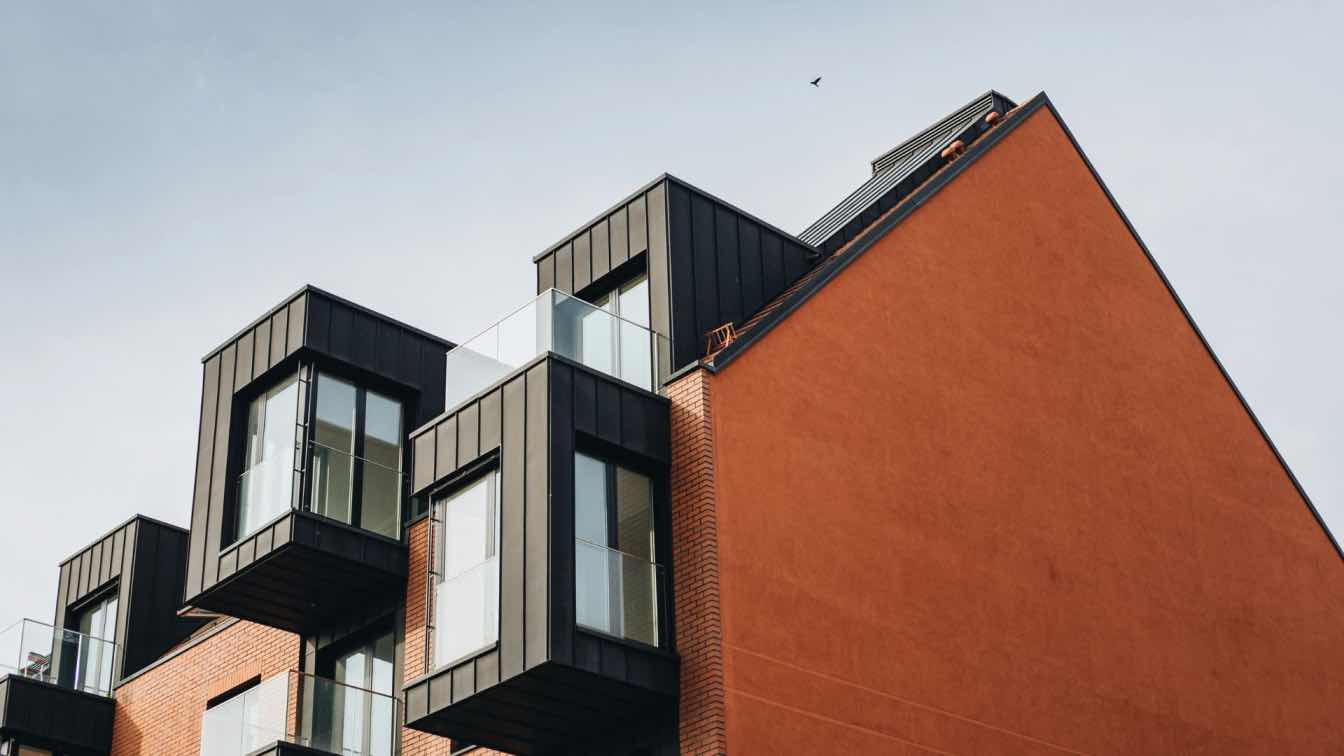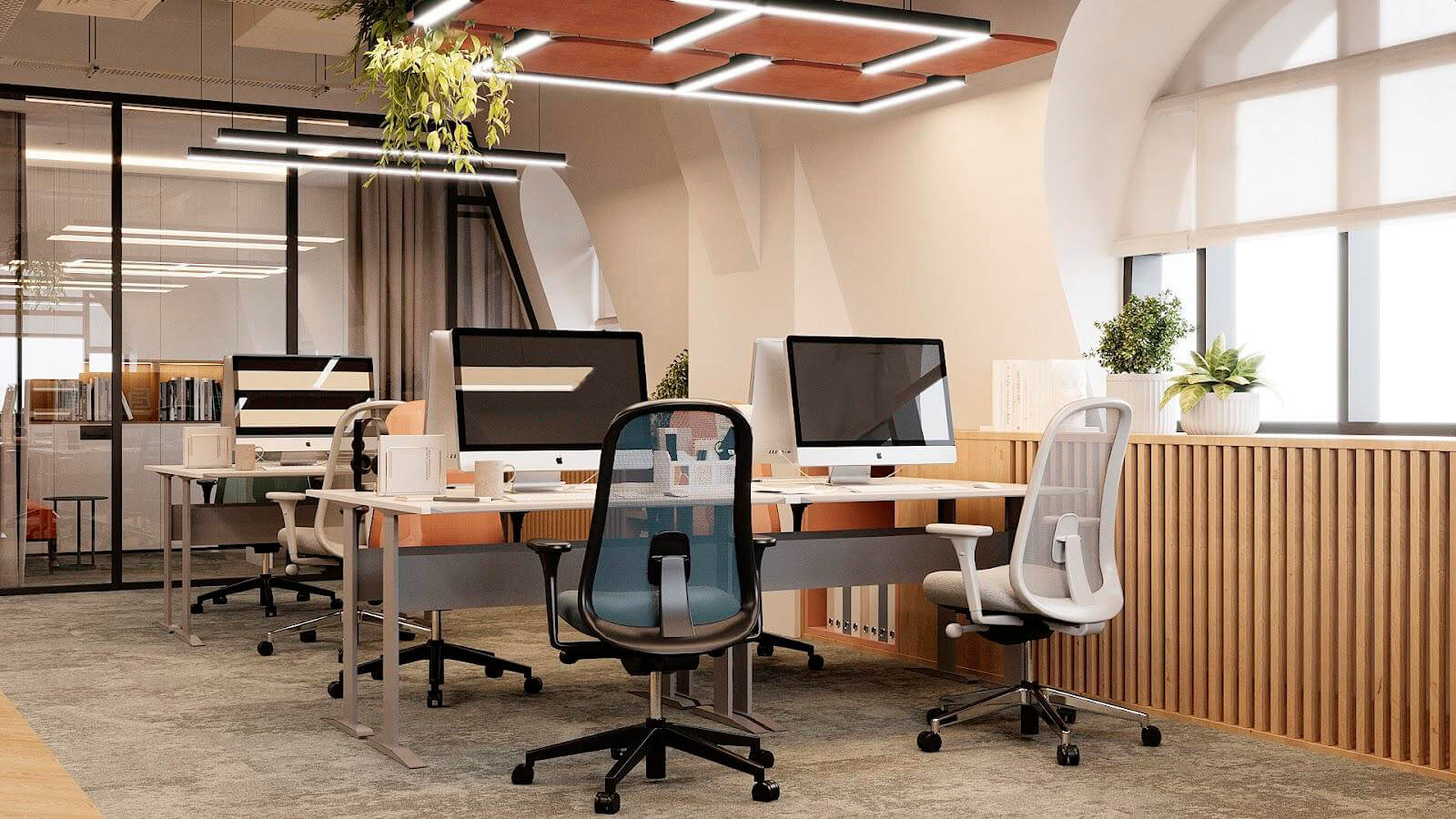Have you ever looked at a home or building and thought how perfectly it suits both style and daily needs? That is the magic of modern architecture—bringing together beauty and practicality in a way that feels natural.
Today’s design ideas focus on making spaces that look appealing while also making life easier, more comfortable, and more connected to how people live.
Why Form and Function Work Best Together
In modern architecture, form is about how a space looks, and function is about how it works. When both come together, you get a home or building that feels right in every way.
A place might have beautiful lines and interesting shapes, but if it’s also planned for comfort, light, and easy movement, it becomes a space you love to be in every day. This approach also makes a home feel more personal because it’s shaped around real life, not just an idea on paper.
When a building blends form and function, it creates an environment that flows naturally with your lifestyle. This can mean wide-open living spaces that connect to gardens, or rooms that can serve more than one purpose without feeling cramped.
Open Layouts for Better Living
An open layout connects different parts of the home so you can move freely and feel more connected with others. For example, having the kitchen, dining, and living area in one open space makes it easier to cook, chat, and relax at the same time. Large openings with glass doors can lead to outdoor patios, letting in fresh air and sunlight. This type of design keeps the home feeling light and cheerful all day long.
Natural Light as a Design Priority
Light plays a big role in modern architecture. Big windows, skylights, and even glass walls allow natural light to flow in, reducing the need for artificial lighting during the day. This not only makes a home look brighter but also creates a warmer, more inviting atmosphere. Natural light also highlights textures and colors in interiors, making spaces feel more alive.
Functional Storage That Blends with Style
Storage in a modern home doesn’t have to stand out. Built-in cabinets, hidden compartments, and multi-use furniture help keep things tidy without taking away from the design. For example, a wall in the living room could have shelves for books and decor while also hiding a fold-down desk for work. This keeps spaces organized and open without clutter.
Indoor and Outdoor Spaces in Harmony
One of the most loved ideas in modern architecture is connecting the indoors with the outdoors. Homes now often have large sliding or folding doors that open up to gardens, balconies, or courtyards. This provides you with more space for relaxation and entertainment while keeping you close to nature.
A well-planned space comes down to the little details. Take your garage entry, for example, a sleek and functional design instantly boosts your home’s appeal. Choosing something like a modern garage roller door Perth offers both secure access and a clean, contemporary look that blends perfectly with your home’s style.
Outdoor Living Areas That Feel Like Part of the Home
Outdoor spaces can be more than just gardens—they can feel like an extension of the home. Adding comfortable seating, lighting, and shade makes them perfect for reading, dining, or hosting friends. Using similar colors and materials outside as you have inside also helps both spaces feel connected.
Green Spaces and Natural Elements
Bringing nature into architecture makes spaces calmer and fresher. Indoor plants, green walls, or small courtyard gardens can create a relaxing mood. Natural materials like wood, stone, and clay tiles give texture and warmth to interiors and exteriors. This kind of design makes the home feel balanced and refreshing.
Smart Use of Space in Modern Homes
Modern architecture often focuses on using space in smart ways so that every part of the home has a purpose. Even smaller spaces can feel open and comfortable if planned well.
Multi-Purpose Rooms
Rooms that can be used for different activities are common in modern design. A guest room might double as a study, or a dining space could also be used for casual work. This keeps the home flexible and practical, especially for changing needs over time.
Minimalist Approach with Personal Touches
Minimalist design doesn’t mean empty rooms—it’s about keeping only what you need and love. This style focuses on open space, clean lines, and a few carefully chosen items that reflect your personality. Adding personal touches like artworks, family photos, or handmade furniture makes the space feel unique.
Materials and Colors That Work Well Together
The choice of materials and colors in modern architecture has a big impact on both form and function.
Neutral and Warm Color Palettes
Soft whites, warm beiges, and earthy tones are common in modern homes because they create a calm and inviting feel. These colors also work well with natural materials like wood or stone. Adding a few accent colors through cushions, rugs, or wall art can bring energy without overwhelming the space.
Materials That Add Character
Wood gives warmth, metal adds a sleek look, and glass opens up spaces with light. Stone can add texture to walls and floors. Mixing these materials in the right balance keeps the design interesting and functional.
Technology and Comfort in Modern Architecture
Modern living is about comfort, and technology plays a big part in making homes more convenient.
Smart Layouts for Daily Life
Architects today think about how people move through their homes and place rooms in ways that make sense. For example, keeping the kitchen close to the dining area, or having a laundry room near bedrooms, saves time and effort.
Energy Efficiency and Comfort Features
Homes now often include features that make them comfortable while also saving energy. Well-insulated walls, natural ventilation, and efficient lighting all work together to create pleasant living spaces. These features not only improve comfort but also reduce running costs over time.
Final Thoughts
Blending form and function in modern architecture is all about making spaces that look beautiful while working perfectly for everyday life. From open layouts and natural light to connected indoor-outdoor areas and smart use of materials, every detail comes together to create homes that feel welcoming, practical, and stylish. By focusing on both looks and usability, modern architecture gives people spaces they truly enjoy living in.





